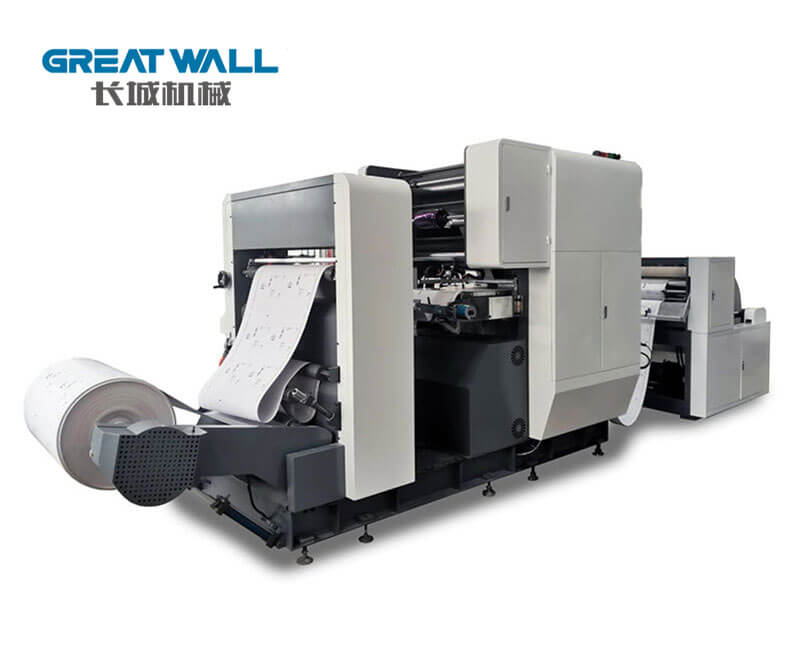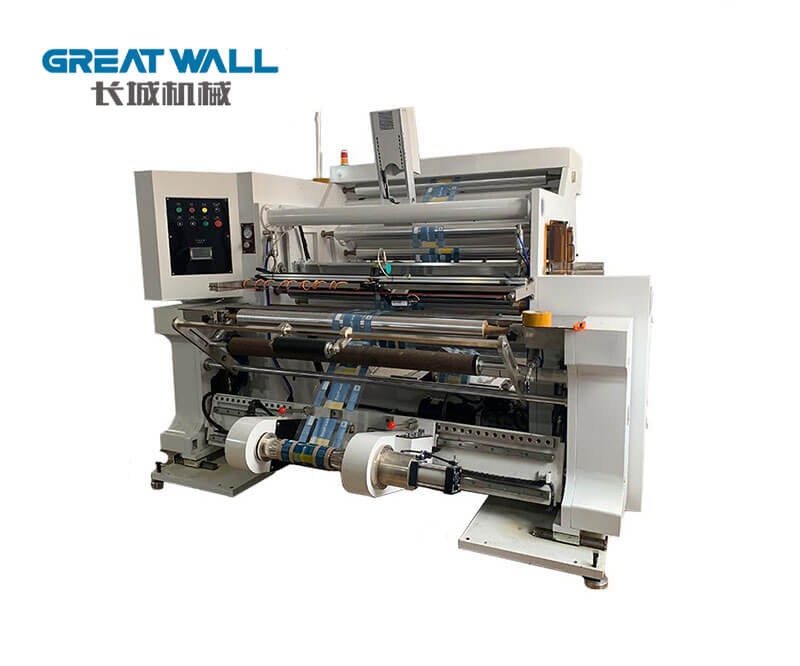Raw materials for making paper cups
1. In the raw materials for making paper cups, in order to avoid the production of toxic solvents, the national standard stipulates that paper cups should not have peculiar smell, and recycled materials should not be used. Additives such as industrial talc that are not within the scope of GB 9685 cannot be used in the production and processing of paper cups.
2. This means that "even the contaminated leftovers from the workshop shall not be used for the production and processing of paper cup base paper. All raw materials and additives should meet the requirements of food packaging grade, and fluorescent whitening agents cannot be artificially added." And encourage the use of Water-based ink, UV-curable ink, vegetable oil ink and other energy-saving and environmentally friendly inks to produce paper cups.

3. A study published in the American Journal of Clinical Gastroenterology and Hepatology found that drinking coffee daily can reduce the risk of primary liver cancer by 40%. There are also studies showing that regular coffee drinking can reduce the risk of ovarian cancer in women. Dr. Jacklin London, senior dietitian at Mount Sinai Hospital in New York, USA, said that moderate intake of caffeine is good for both short-term and long-term memory, helping to prevent cognitive decline.
4. The standard also stipulates the stiffness and permeability of the paper cup. The bottom and sides of the paper cup should not leak or seep water. If the paper cup is too soft, it will not meet the standard. All packaging materials of paper cups must be sufficiently tight and firm, and the packaging of paper cups should be dust-proof, moisture-proof and mildew-proof.









